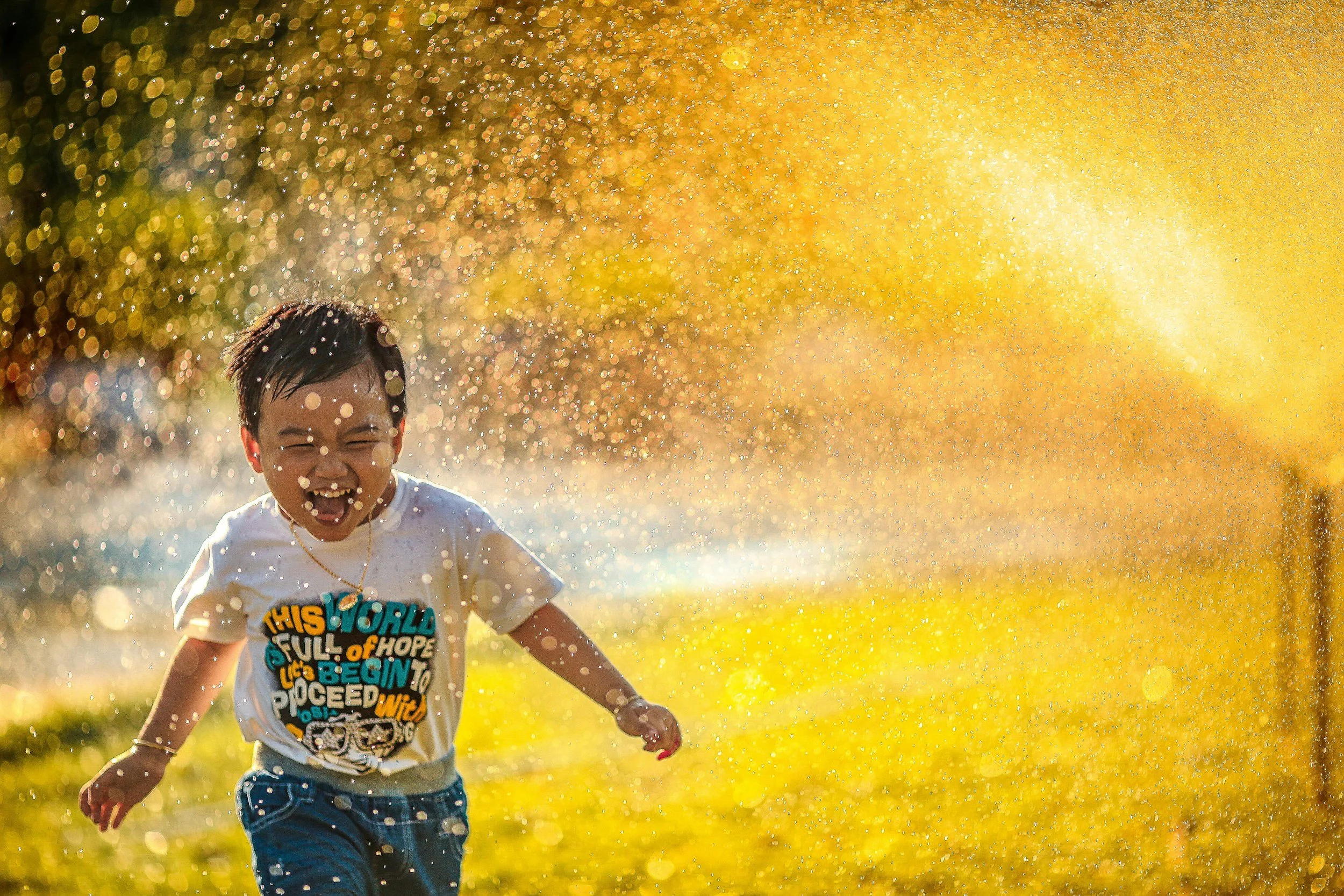The Link Between Physical Activity and Mental Health in Kids
In today’s digital age, children are spending more time on screens and less time being active. While physical activity is often associated with physical health benefits, its impact on mental health is just as profound. At Haven Psychology Group, we emphasize the importance of movement as a cornerstone of emotional well-being in children. Let’s explore how physical activity supports mental health and how parents can encourage kids to stay active.
How Physical Activity Benefits Mental Health
Reduces Stress and Anxiety
Physical activity helps regulate cortisol, the body’s stress hormone, and stimulates the release of endorphins, which promote feelings of happiness and relaxation. Activities like running, dancing, or playing outside can help children manage stress and reduce anxiety.Improves Mood
Exercise triggers the production of serotonin and dopamine, neurotransmitters that play a key role in regulating mood. Regular physical activity can help reduce symptoms of depression and increase overall happiness in children.Boosts Self-Esteem
Mastering a new skill, achieving a goal, or simply participating in a group activity can enhance a child’s sense of accomplishment and self-worth.Enhances Cognitive Function
Physical activity improves blood flow to the brain, supporting memory, attention, and learning. Kids who are active often perform better academically and have improved focus in school.Promotes Better Sleep
Regular exercise helps regulate the body’s internal clock, leading to better sleep quality and duration. Well-rested children are more emotionally resilient and better able to manage stress.Encourages Social Interaction
Team sports, group games, and playground activities provide opportunities for kids to connect with peers, build friendships, and develop social skills.
Barriers to Physical Activity
Despite its many benefits, many kids struggle to stay active due to:
Screen Time: Hours spent on devices can limit opportunities for movement.
Structured Schedules: Packed school and extracurricular schedules leave little time for unstructured play.
Lack of Access: Limited access to safe play spaces or organized sports can be a barrier for some families.
Low Motivation: Kids may feel uninterested in traditional forms of exercise or lack confidence in their physical abilities.
Understanding these barriers is the first step in finding creative solutions to encourage physical activity.
How to Encourage Physical Activity in Kids
Make It Fun
Focus on activities your child enjoys, whether it’s playing tag, riding a bike, dancing, or exploring nature trails. When exercise feels like play, kids are more likely to participate willingly.Be a Role Model
Children often mimic their parents’ behavior. Show enthusiasm for physical activity by including it in your routine, such as family walks, yoga, or a game of catch.Incorporate Activity Into Daily Life
Encourage active choices like walking to school, taking the stairs, or doing chores that require movement. Small, consistent actions add up over time.Limit Screen Time
Set boundaries around screen use and replace sedentary activities with physical ones. For example, trade video game time for a trip to the park or a scavenger hunt in the backyard.Try New Activities
Introduce a variety of options, from martial arts to swimming to rock climbing. Trying new things keeps kids engaged and helps them discover their passions.Create a Routine
Consistency is key. Schedule regular times for physical activity, such as a morning stretch, afternoon playtime, or evening walk.Encourage Social Interaction
Join community sports leagues or encourage group playdates that involve physical activity. Social connections can make exercise more enjoyable and meaningful.Celebrate Effort, Not Just Outcomes
Praise your child for participating and trying their best, rather than focusing on winning or being the best. This builds confidence and fosters a positive attitude toward exercise.
Incorporating Physical Activity into Emotional Wellness
Physical activity can also be used as a tool to teach emotional regulation and mindfulness:
Mindful Movement: Activities like yoga or tai chi combine physical exercise with relaxation techniques, helping kids manage stress and stay grounded.
Channeling Energy: High-energy activities like running or jumping can provide an outlet for emotions like frustration or restlessness.
Building Resilience: Overcoming challenges in physical activities, such as learning a new skill or completing a race, teaches perseverance and adaptability.
When to Seek Professional Support
If your child is struggling with mental health challenges like anxiety, depression, or low self-esteem, incorporating physical activity is a great start, but additional support may be needed. Therapists can help identify underlying issues, provide coping strategies, and guide your family toward improved well-being.
How Haven Psychology Group Can Help
At Haven Psychology Group, we understand the complex relationship between physical activity and mental health. Our team works with families to develop personalized strategies that support children’s emotional and physical well-being. Whether it’s addressing barriers to activity or creating a comprehensive wellness plan, we’re here to help.
Final Thoughts
Physical activity is a powerful tool for nurturing mental health in kids. By making movement a regular and enjoyable part of their lives, you’re setting the foundation for resilience, confidence, and lifelong well-being.
If you’re looking for more ways to support your child’s mental and emotional health, contact Haven Psychology Group today. Together, we can help your child thrive—one step, jump, or dance at a time.



